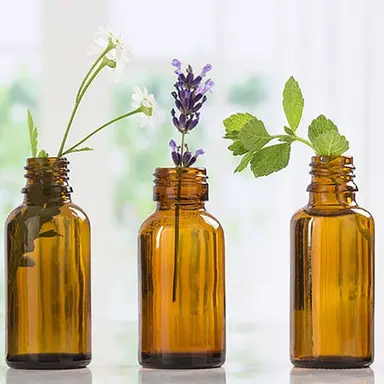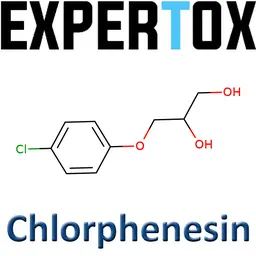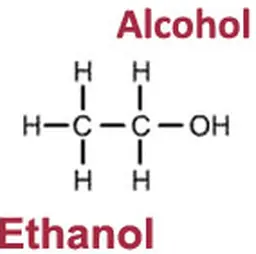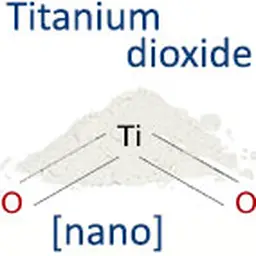
Essential oils are volatile substances, odorous fractions extracted from plants, especially from so-called aromatic plants. It is estimated that more than 40,000 species worldwide produce some 5,000 different essential oils, about 100 of which are commonly used in cosmetics.
They are usually in a liquid, oily but not greasy form since, due to their volatile nature, they evaporate easily. They generally range from colourless to pale yellow, but can also sometimes be blue (German chamomile…), red (savory…), green (bergamot…).
The essence of plants
All the organs of an aromatic plant can provide an essential oil:
• Flowers: lavender, orange, rose, ylang-ylang, chamomile…
• Leaves and needles: mint, eucalyptus, fir, rosemary, patchouli…
• Roots and rhizomes: ginger, vetiver…
• Fruits, berries and seeds: nutmeg, juniper, pepper, caraway, celery…
• Zests: orange, lemon, grapefruit….
• Barks: cinnamon….
• Wood: rosewood, sandalwood, cedar…
• Resins and gums: myrrh, incense….
It should be noted that several different essential oils can be extracted from the same plant, depending on the organ being exploited, and that they will then have different identities.
The cinnamon tree can thus provide the essential oil of bark (INCI: Cinnamomum Zeylanicum Bark Oil) but also of leaf (INCI: Cinnamomum Zeylanicum Leaf Oil), the bitter orange tree those of its leaves and stems, the bitter little grain (INCI : Citrus Aurantium Amara Leaf/Twig Oil), its flowers, neroli (INCI: Citrus Aurantium Amara Flower Oil) or its zest (INCI: Citrus Aurantium Amara Peel …













